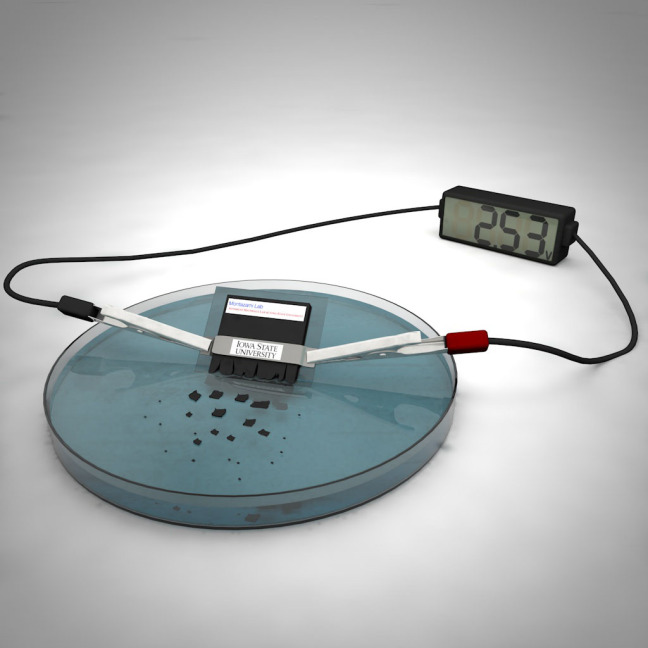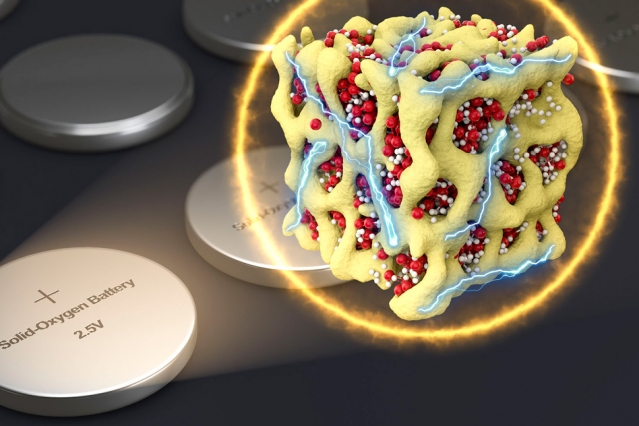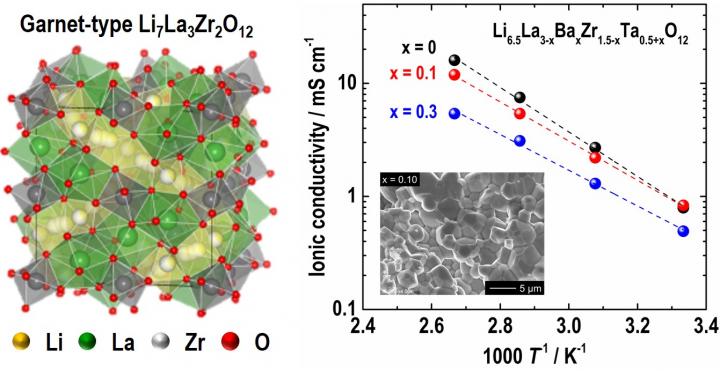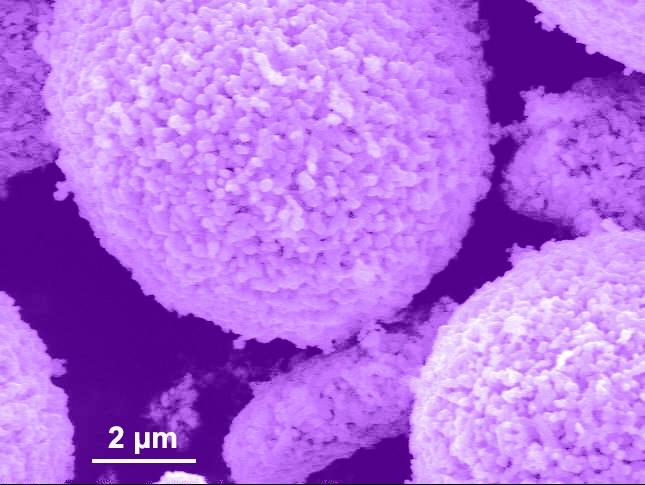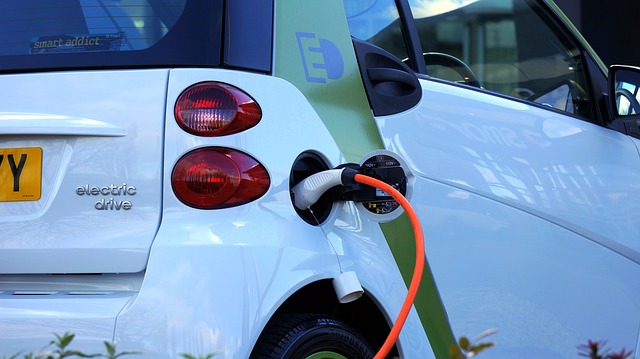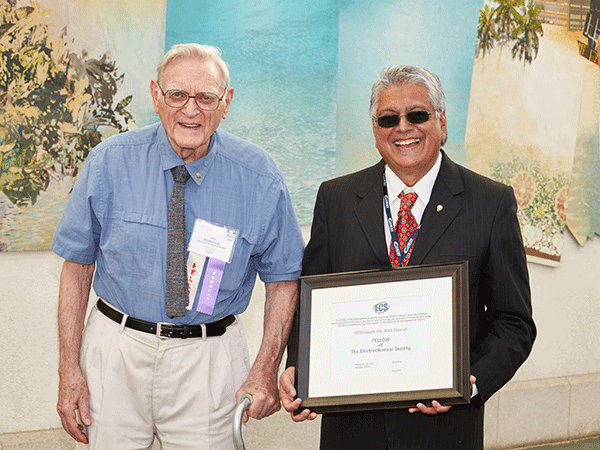
Goodenough was recently named Fellow of ECS at the PRiME 2016 meeting.
John B. Goodenough is recognized internationally as one of the key minds behind the development of the lithium-ion battery; a device that is used to power a huge percentage of today’s electronics and a technology that helped shape the technological frontier.
In a recent interview with the BBC’s Today program’s John Humphrys, the man who helped make the mobile phone possible discusses battery safety in light of exploding Samsung batteries, the Nobel Prize, and his why he doesn’t like cellphones.
“I see the students running around, punching these little tablets, and not talking with one another,” Goodenough says. “I see people going out to dinner and not talking to their partner, rather sitting there talking to someone on their phone, I say, ‘Well, that’s not the way to live.’ Technology is morally neural, it’s what we do with technology that judges us.”
Listen to the full interview here.


 Topic Close-up #1
Topic Close-up #1
